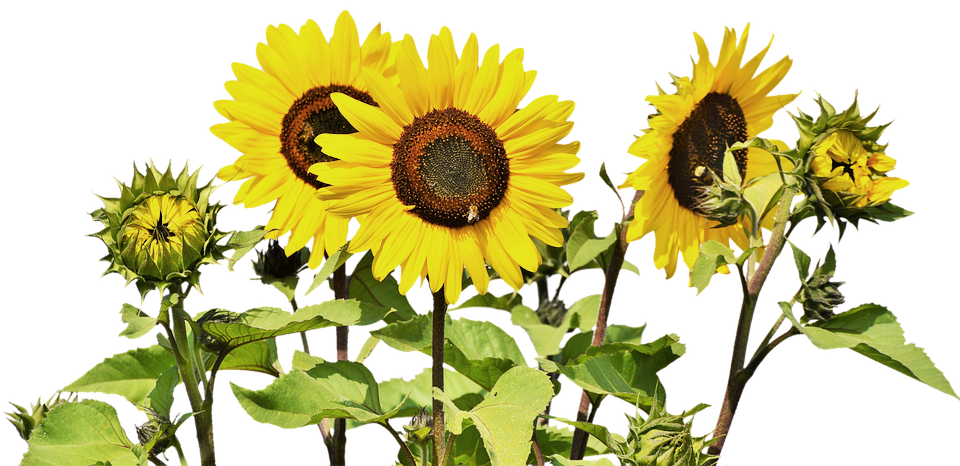
Providing Fall and Winter Shelter for Wildlife
By Kaw Valley Greenhouses, Inc.
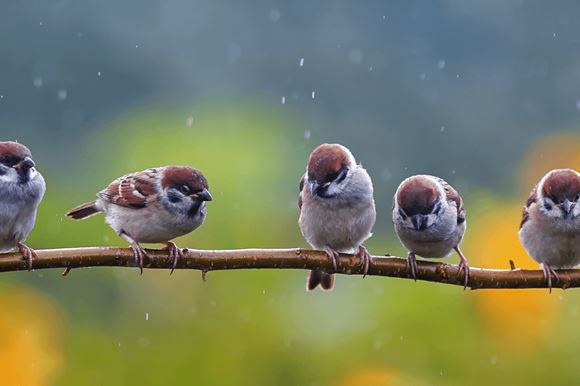
While some types of wildlife hibernate or migrate during fall and winter, others stay behind and brave the cold. You can provide your local wildlife with shelter and food to help make the long, cold months a little easier on them. If you’re wondering how to help wildlife during fall and winter, read our winter wildlife guide.
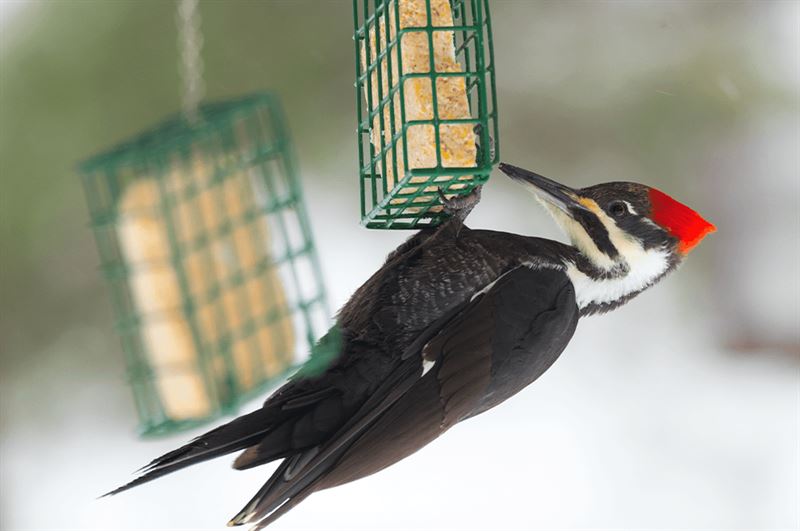 Feeding Furry & Feathered Friends
Feeding Furry & Feathered Friends
Putting out food for winter wildlife is one way to help them in colder seasons when natural food sources are much harder to find. Before laying out the grub, remember to do so responsibly. Putting out food too often, especially in warmer months, can make wildlife dependent on it. During the winter supplemental feeders are more helpful, but should be placed in areas where they will serve wildlife and not cause unwanted issues in relation to busy roads or other wildlife hazards.
Hoping to help by planning a menu for your favorite wildlife this fall or winter? Consider these options:
Birds: Provide a variety of seed mixtures in different feeders. If you’re looking to attract a particular type of bird, check what kinds of seeds, nuts, or suet they prefer. Make sure to place feeders well out of reach of bushes where predators can jump out, and be aware of your shiny clean windows being potential threats to your bird visitors.
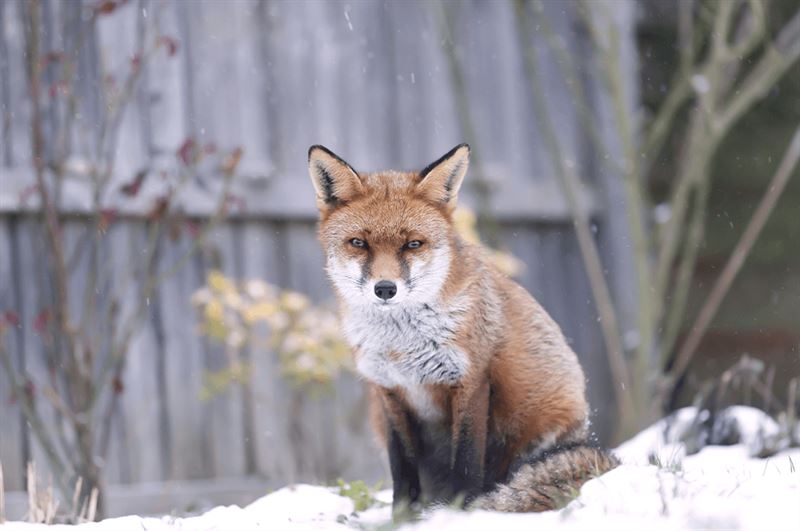
Foxes: Foxes: While slightly mysterious and hard to catch sight of, you can put out some table scraps like cooked potatoes, cheese, chicken, and bread to lure them in. Put food out near nightfall, when foxes are likely to snatch it up. Fair warning, some of these items may also be attractive to critters like badgers and skunks as well.
Squirrels: Of course, squirrels love nuts. They will be very busy during fall collecting and storing nuts and seeds, so if you want to figure out how to help these bushy-tailed little guys, read on. Squirrels particularly love walnuts, hazelnuts, and almonds, but they aren’t likely to turn their nose up at other items like apples, carrots, spinach, or beans. Chop them up for an easier time for the squirrels.
Deer: If you thought ahead, you might have already planted some deer-friendly greens like chicory or red clover. If not, remember that deer are obsessed with crops high in protein like soybeans, peas, alfalfa, kale, and corn. If you want to know how to help wildlife like deer, you can put out those varieties of greens or veggies, as well as chestnuts and acorns.
Roost Boxes/Birdhouses: There are many different types of roost boxes and birdhouses that you can choose from. Roost boxes are preferred in cooler seasons like fall and winter because they are roomier and let out less heat than a regular birdhouse. It’s a good idea to place more than one throughout your yard as some birds can be quite territorial. If you’ve already got a few, fall is a great time to clean them out so birds are off to a healthy start when the weather is harshest.
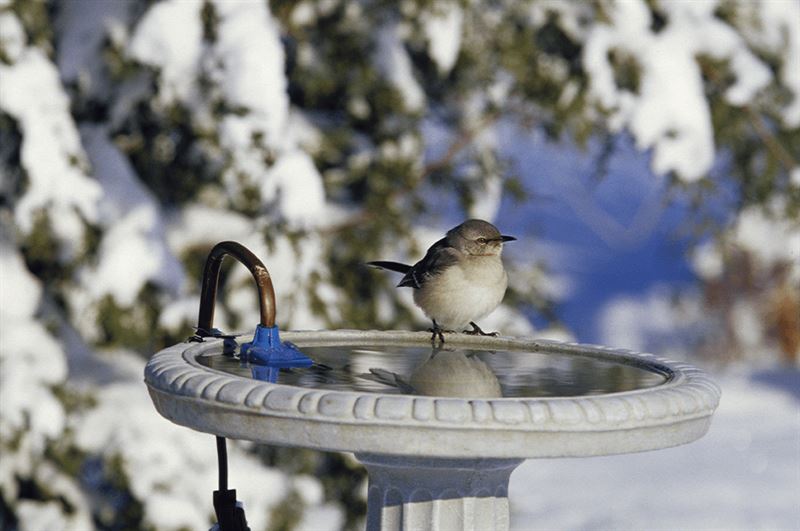 Water that isn't frozen: Along with food and shelter, wildlife still needs access to clean, fresh water in order to survive. You can provide water in dishes that can easily be swapped out when it freezes. If you have existing water features, make sure to break up the ice regularly. There are bird bath heaters available, but leaving something like a ping-pong ball to float on top of the water will break the surface tension a bit, keeping it from freezing as quickly.
Water that isn't frozen: Along with food and shelter, wildlife still needs access to clean, fresh water in order to survive. You can provide water in dishes that can easily be swapped out when it freezes. If you have existing water features, make sure to break up the ice regularly. There are bird bath heaters available, but leaving something like a ping-pong ball to float on top of the water will break the surface tension a bit, keeping it from freezing as quickly.
Leave Behind Leaves, Plants, and Flowers: Save the yard and garden clean-up for spring. Leaving behind grass cuttings, leaves, and other plants can help create safe places for rodents, insects, toads, and other creatures. Leaving your garden in its natural state over winter doesn’t harm anything, and it helps wildlife! Wait a while before raking in spring, so insects and other creatures have a chance to come out of hibernation.
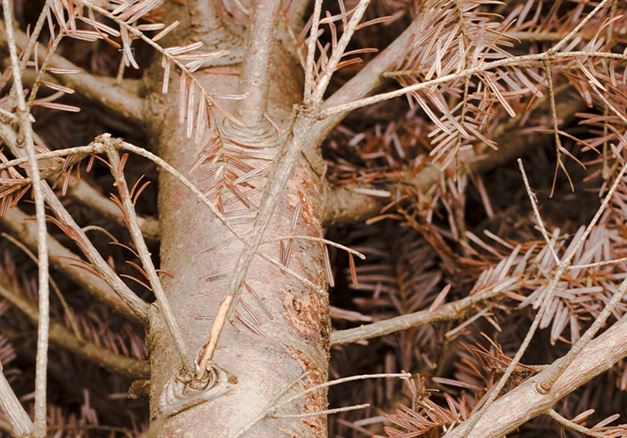 Recycle Your Christmas Tree: If you have evergreens in your landscape, you may have already noticed that they support wildlife. If not, watch them over winter as they are natural critter hotels during the winter months since they stay dense and can block the cold wind. Reusing your Christmas tree to offer a similar structure is a great way to support wildlife and give your tree a second use. You can set it out on its own or add it to an existing brush pile.
Recycle Your Christmas Tree: If you have evergreens in your landscape, you may have already noticed that they support wildlife. If not, watch them over winter as they are natural critter hotels during the winter months since they stay dense and can block the cold wind. Reusing your Christmas tree to offer a similar structure is a great way to support wildlife and give your tree a second use. You can set it out on its own or add it to an existing brush pile.
Brush and Wood Piles: A brush pile is a stack of cut branches and greenery that you may typically dispose of. It creates a safe haven for wildlife in fall and winter. If you use wood to keep your home cozy in winter, remember that wildlife might also be finding a cozy home in your wood pile! Brush and wood piles are ideal places for insects, rodents and birds to hide away from harsh winter winds. Keep your wood stocked up, and be careful when moving logs off the pile!
Learning how to help wildlife doesn’t have to be hard, and it can be incredibly rewarding for you and the animals. Spotting winter wildlife in your own backyard can be a bright spot on bleak days, and you may even get some amazing photos out of it!

